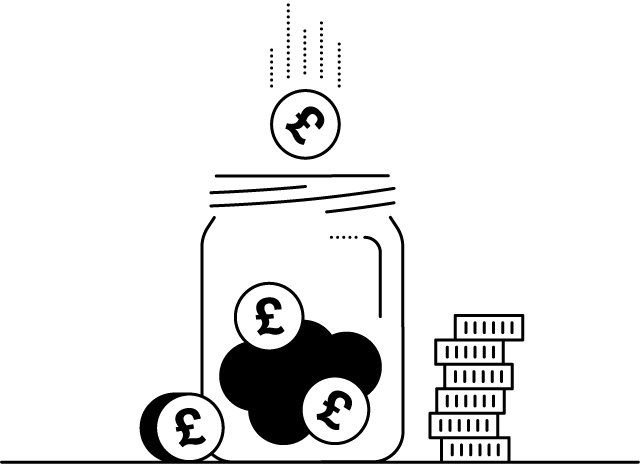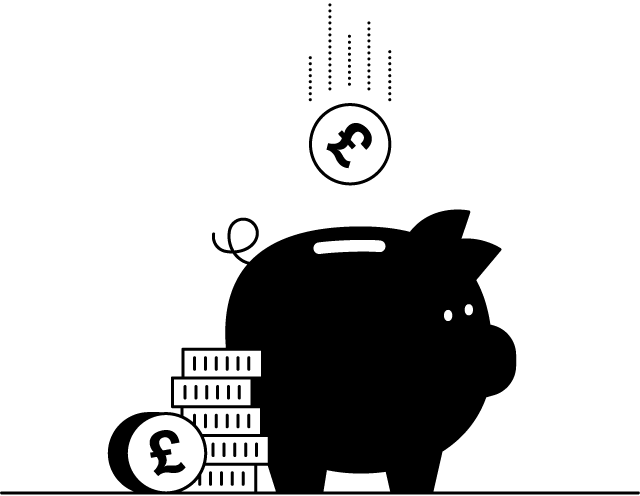How are interest rates calculated
Whether you're saving or borrowing money, it pays to learn about how interest rates work. Find out more in our guide.
How is interest calculated on a savings account?
The value of interest you get on your savings is calculated from the balance you have in your account.
There are two types of interest rates:
Fixed interest rates
Fixed interest rates are set and can’t be changed by the Bank for the duration of the agreed term. When you open a fixed rate savings account, you can put money away for a set amount of time at a fixed rate.
This can be useful as you’ll know exactly what interest rate to expect. You won’t be hit by any changes to interest rates if the base rate drops, but you also won’t be able to move your money around if interest rates rise.
Find out more about the first direct Fixed Rate Savings Account. You must have a first direct current account to open a savings account with us.
Variable interest rates
Variable interest rates can go up or down – so the rate you got when you opened your savings account could change. Your bank will let you know in advance if this happens.
If the BoE rate changes, it’s likely your interest rate will change too.
A change in interest rate can affect how much interest you earn on your savings.
You might also like
How does compound interest work?
Discover more about how compound interest could help you grow your savings.
Fixed rate savings guide
Find out more about fixed rate savings accounts and how they work.
Do you pay tax on savings?
Unsure whether you need to pay tax on your savings? Find out more with our guide.



